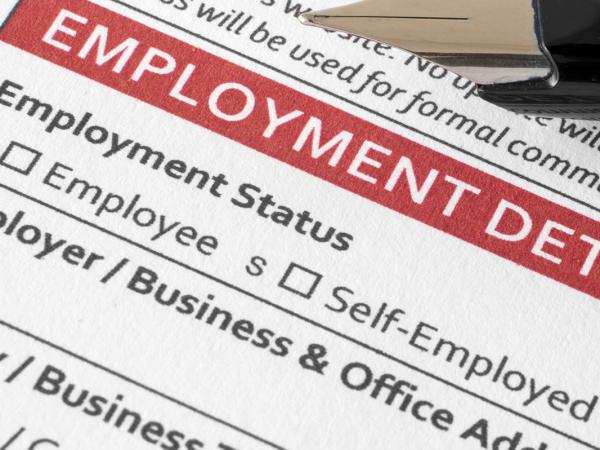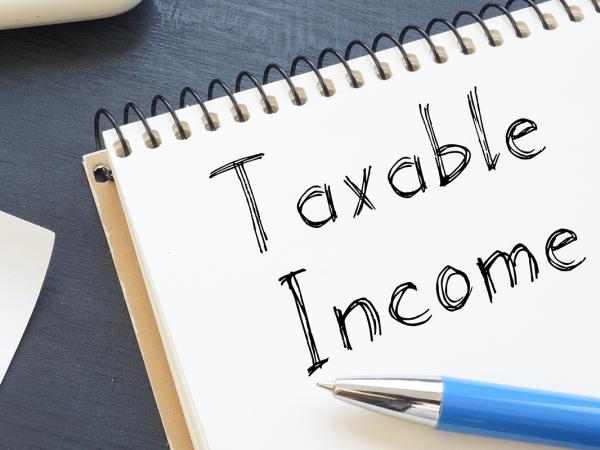Employment
Our employment pages provide further details for employees on a low income about the tax and National Insurance (NIC) implications of employment.

Content on this page:
Introduction
Most people who work in the UK are employed. You can find more information about how to tell if you are employed or self-employed on our page on employment status.
If you are an employee, your employer will usually deduct tax from your pay and send it to HM Revenue and Customs (HMRC) on your behalf.
You may have to deal with HMRC yourself though, if you do not understand something or if you disagree with something – HMRC and employers do not always get things right. It is therefore important that you are able to check the tax you are paying on your employment income is correct. You should be able to see information in relation to your pay and taxes in your online personal tax account.
If you don’t have it set up on your phone yet, HMRC’s App allows you to check what has been reported in terms of employer payments, tax and NIC in just a few clicks. The App may even be able to display the latest real time payroll information from your employer, before you get your payslip.
Paying tax on employment income
HMRC require employers to deduct tax from your wages or salary under the pay as you earn (PAYE) system.
This applies to you whether you work for an employer full-time or part-time, permanently or temporarily, and also if you are employed on a casual basis.
Under the PAYE system, HMRC use a system of codes to tell employers how much tax to deduct from your wages or salary.
Your ‘tax code’ or ‘PAYE code’ typically reflects the amount of tax-free allowances you are entitled to, so that tax at the appropriate marginal rates, may be calculated on the balance. Your employer will usually then give you a portion of the tax-free allowances each pay day – 1/52ths if you are paid weekly, 1/12ths if you are paid monthly, etc.
The aim is to collect the correct amount of tax each time you are paid and to spread your tax-free allowances evenly throughout the year. This means that you get the benefit of having your tax collected evenly throughout the year, rather than having to pay it in one big lump sum. Hopefully, at the end of the year you will have paid approximately the correct amount of tax. You do still need to check your own taxes, however, as the PAYE deduction may not always be right.
There is information about PAYE in our Tax and NIC pages. This includes information about what to do if PAYE does not collect enough tax from you, or if your employer has made an error with your PAYE.
We also have guidance on paying too much tax through PAYE.
Read our separate page on PAYE coding notices to make sure you understand how you are being taxed. That page also tells you what to do if you do not understand your coding notice or think it is wrong.
In addition to income tax being deducted under PAYE, NIC are also collected through PAYE. You can read more about this on our page NIC for employees.
More information
There is a general collection of information on GOV.UK for those in employment, including on pay, tax and the national minimum wage.
If you are self-employed, we suggest you also visit our pages on Self-employment.



